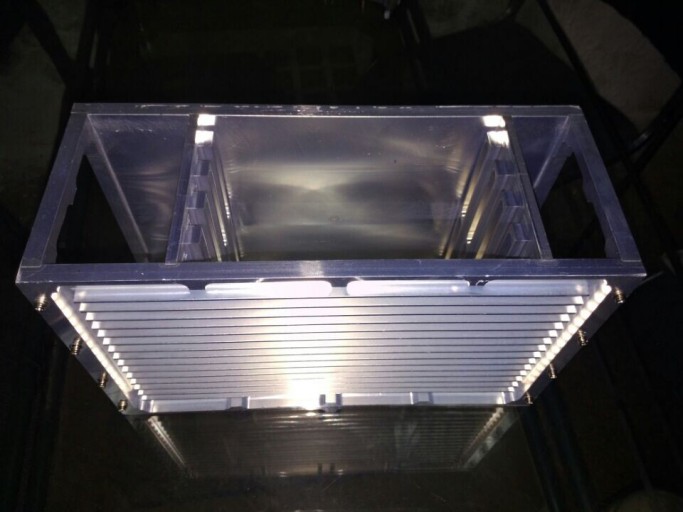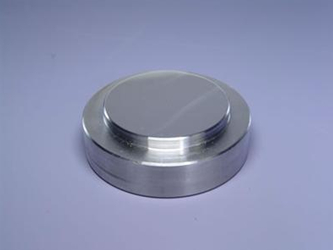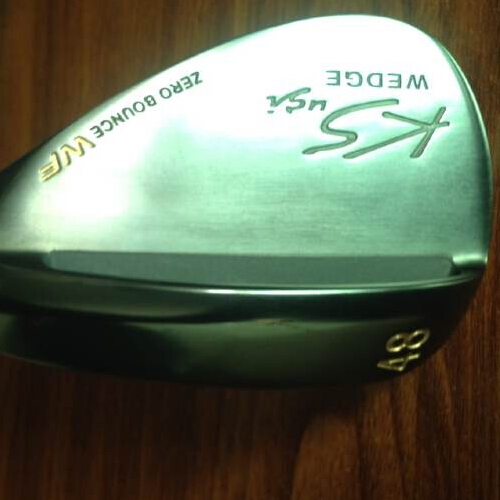Products
Case
Contact SU SHI
Service Hotline 0755-27291255
Fax0755-27293730
E-MAIL: sushirechuli@163.com
CompanyAddress: 14 BaiSha Road,Second Industrial Zone,Shenzhen manholeNewbridge
Editor: Date:2014-06-11 17:10:05 Views:6849
The current domestic use of H13 steel, more aluminum alloy die-casting die manufacture are both imported 8407, W302, 2344, SKD61 steel, or improved in recent years, SKD62, 8402 W400 steel mould in use process have different degrees of cracks. Die early failure is concentrated in the casting mouth near the port, after using computer simulation to improve the flow near the sprue gate, problem was improved, but the cracks in the mold cavity phenomenon is still the main problems at present. The author according to the experience in mold production come to the conclusion that the following causes and preventive measures of cracks of for your reference.
Die-casting machine (1), a foreign particles after die casting mould cavity within the bond has a very small amount of solid particles, the next time the casting block the flow of metal and isolation with mould. Particle may follow the molten aluminum liquid flow and scour the mould surface, may still stick within the cavity, will separate liquid aluminum and mould, make the local service condition of dies and the overall there are differences, affect the quality of the products for the next pouring until die failure. Usually particle from aluminum zinc materials into the impurities and by other reasons, no matter particle above or below the melting point of liquid aluminum melting point, cause mould service condition, which leads to cracks. Should start from raw materials, aluminum, zinc raw billet impurities strictly controlled within the scope of the standard, late stage is slightly slow, carefully clean up the cavity after casting.
(2), mould preheating is not normal in the mold in use process, often do not pay attention to mold preheating, general is the use of fire or slow several instead of die casting. When the mould and the bigger the temperature difference between the injection of metal, the surface of the tensile stress, the greater the resulting in hundreds or even thousands of cracks to appear on the mould. Because the toughness of the steel in a temperature range requires a process of adaptation, a few die casting, for the first time is particularly important, the occurrence of cracks are often at the beginning, cold mould liquid first met with a number of baidu, the biggest influence to the mold, sometimes things right the first time to produce, die-casting expand appear crack after a few times. In addition, the preheating temperature not too high, slowly and evenly. Have experience about mould preheating, in March 2007 a high Mr Professors who fu wins best at shenzhen both have mentioned mould preheating temperature not less than 200 ℃; The surface of aluminum, magnesium die should be maintain 200 ~ 350 ℃ (230 ~ 350 ℃) best. Magnesium alloys should be above 150 ℃, using spray gun preheating, spray gun from the mold should be controlled within 200 ~ 250 mm.
(3) the improper selection, mold hardness Suggested that zinc alloy mold hardness for 48 ~ 52 HRC, and shape of complex big should take limit. When the mold hardness is not enough, but on the surface treatment, such as Japan datong HIT method is to use the control of quenching cooling rate, improve the mould toughness, hardness and resistance to cracking.
(4), poor quality of mold material, mold the carbide segregation of raw materials can cause local material chemical composition segregation, cause mould thermal fatigue intensity is greatly reduced. Advice complex big domestic and foreign material or directly to the general agent to buy. And domestic materials before processing a best spheroidizing annealing or forging + spheroidizing, the specific process of 870 ~ 890 ℃ heat preservation 2.5 ~ 3.5 mm/min - furnace cooling to 740 ~ 750 ℃ heat preservation 3 ~ 4 min/mm - furnace cooling to 500 ℃.
Improper (5) technology mould when the quenching cooling speed is slow, because do not affect the hardness, distortion is small, usually mold factory is not easy to find. But the second phase precipitation or had influence on the performance of the mould using a small amount of bead light understand; Tempering properly, the brittle zone tempering tempering temperature or didn't have enough time can also affect the service life of mould. Adopting correct quenching and tempering process, and the mold surface polishing treatment, then carbon sulfur nitrogen altogether permeability or other surface treatment and shot peening, the workpiece surface compressive stress. Normally as long as sulfur nitrogen carbon altogether permeability process correctly, either gas or the salt bath is very effective, die die casting after a must for tempering, sulfur nitrogen carbon altogether permeability is better, while eliminating stress tempering on permeability, pay special attention to die casting number don't start, after tempering can increase the quantity for the first time, to a certain number after eliminating stress or fill again ooze, as to start the number of die-casting, is based on the complexity of the mould, the size of the die casting machine, from hundreds to thousands of resources, is generally not more than 10000 pieces.
(6), chemical corrosion of high temperature liquid and a gas lubricant under certain pressure erosion of the mold, the pollution of dielectric mould is pitting, the former should be adequate use of lubricants, the latter should be taken to polishing to remove.
| Prev: Cr12M oV class repeat quenching of steel | Next: Su shi introduction of metal heat treatment |
-
1
Brazing of aluminum frameProduct:Brazing of aluminum frame
Similar Articles
- Welding method of cast iron parts
- Reduce large structure welding deformation technological countermeasures
- Welding history
- Laser spot welding technology is analysed
- The way to prevent the welding spatter
- Titanium alloy laser repair welding technology
- The welding of titanium alloy and testing
- The point of use of stainless steel electrode should notice
- The role of argon gas in welding
- The impact of high temperature alloy welding
Latest News
- Welding method of cast iron parts
- Reduce large structure welding deformation technological countermeasures
- Welding history
- Laser spot welding technology is analysed
- The way to prevent the welding spatter
- Titanium alloy laser repair welding technology
- The welding of titanium alloy and testing
- The point of use of stainless steel electrode should notice
- Welding transverse crack reason mainly has the following several aspects
- The role of argon gas in welding
History
- None
Su's heat treatment (Shenzhen) Co., Ltd. Guangdong ICP No. 14020634
service hotline: 0755-27291255
Fax: support for 0755-27293730
E-MAIL:sushirechuli@163.com
Company address: Shenzhen, Baisha bridge Second Industrial Zone No. 14












